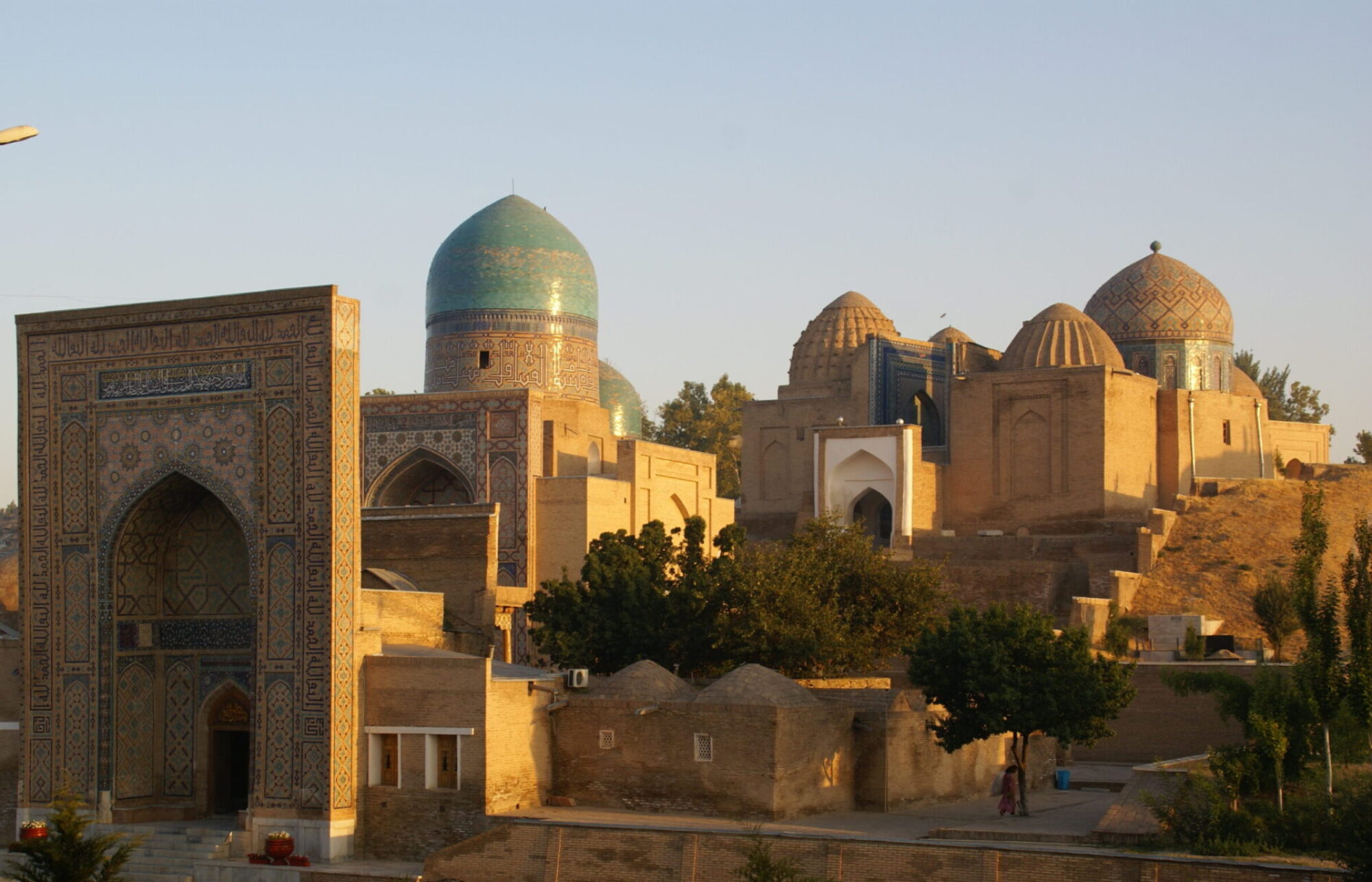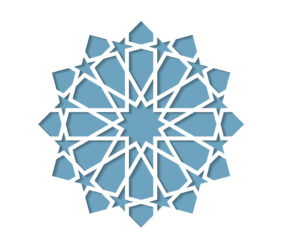A relatively large part of the poetry collected in Badakhshan consists of quatrains, build up by two lines or four half lines; it appears in the form of rubā῾īs or dubaytīs. Quatrains can be found in both secular and religious performance-genres. The quatrain is often used as a way of connecting or introducing different poems in a performance. The rubā῾ī came to be used in sufi circles from an early date.
The most extensive survey of the quatrain is given by Shams-i Qays (7th/ 13th century), who has spread the often cited legend of Rudakī (4th/ 10th century) who was said to have invented the rubā῾ī-metre by listening to a child’s play.
metre and rhyme?
The majority of quatrains consists of rubā῾īs. A regular rubā῾ī metrum looks as follows:
ˉ ˉ ˘ ˘/ ˉ ˉ ˘ ˘/ ˉ ˉ ˘ ˘/ ˉ
/ ˉ ˉ ˘ ˘/
(while ˘ ˘ can be ˉ )
The quatrains usually have a rhyme-pattern of: aaba, with the radīf in the 1st, 2nd and 4th half lines.
In the set of poetry discussed here, many exceptions to both the metre and rhyme system can be found. Please see the full publication for a more detailed picture.
Subjects
The subject-matter of quatrains in Persian poetry is extensive, the four major themes in the Badakhshan collection are: love (often tragic love), fate, religion and pand (good advice). Quatrains with regards to religion in this collection, are mostly about Ali and how he is the true representative of inner/ internalized faith. Moralism and the giving of good advice (pand) is widespread throughout Badakhshanian poetry.

